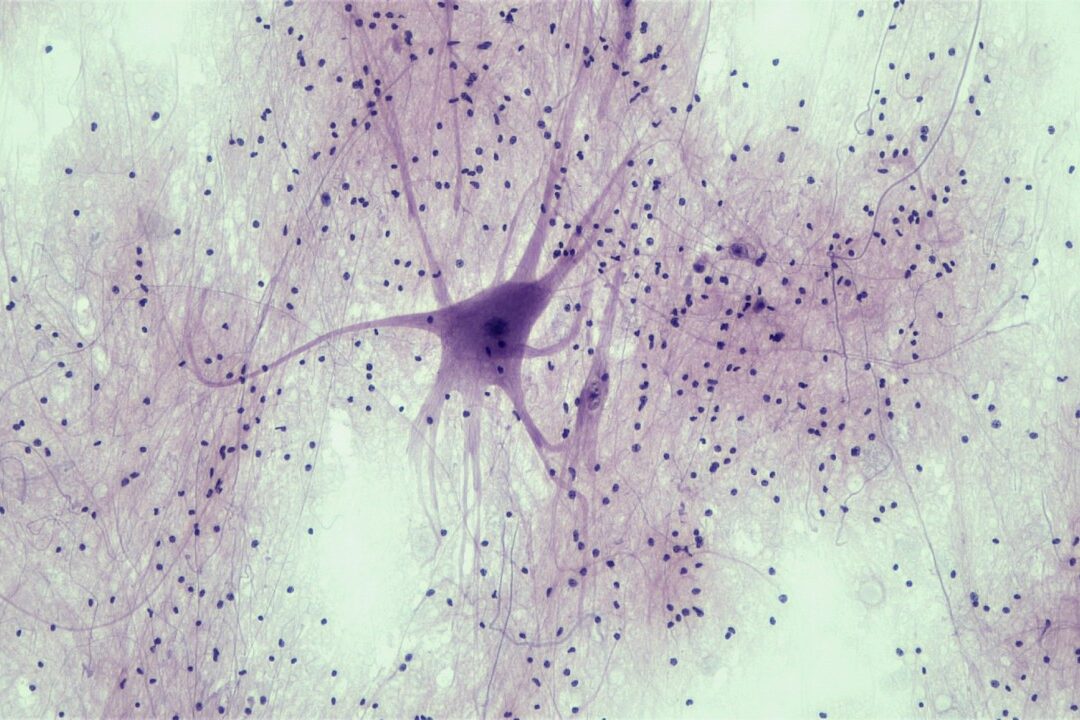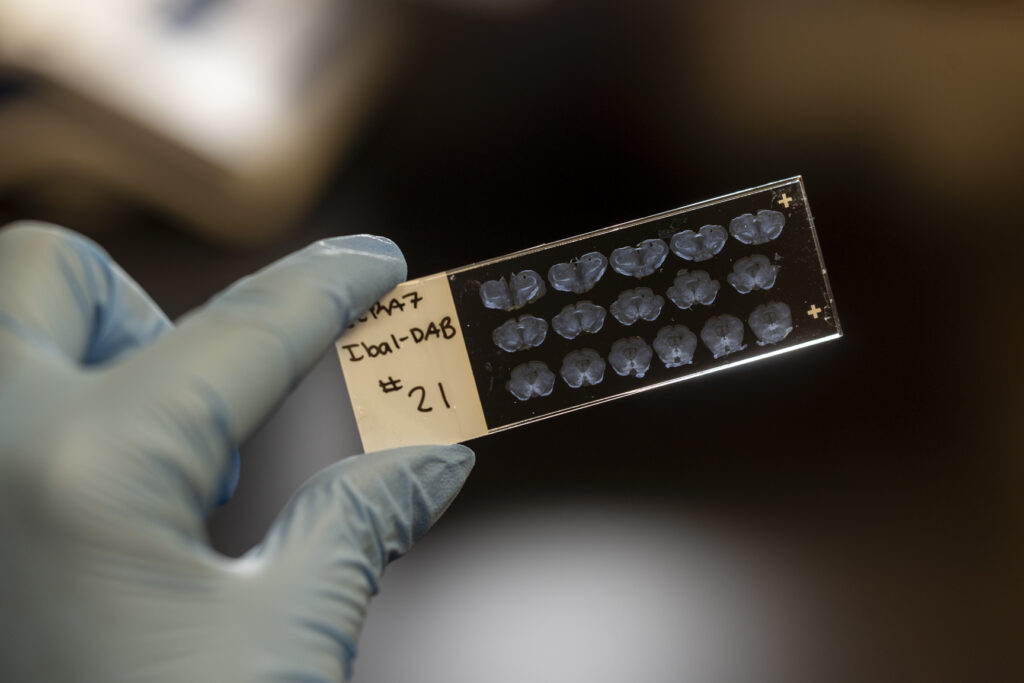In rat, 6-OHDA is administered bilaterally to the striatum resulting in a loss of dopaminergic tone and onset of behavioural deficits. Use of the OpenField-Arena (OFA) allows for fully quantifiable and continuous passive measurement of activity, rearing and a further 10 parameters .
- Well characterised rodent model of Parkinson’s disease
- Rapid evaluation of test compounds
- Ideal for mechanistic studies with post-mortem endpoints
Model Overview
Rats or mice, receive bilateral injections of 6-OHDA directly into the striatum resulting in ‘partial’ loss of dopaminergic innervation and subsequent abnormal motor behaviours. Motor deficits can be quantified using the Open-Field Arena and dosedependently reversed via administration of L-DOPA. The bilateral 6-OHDA lesioned rodent is therefore an ideal model in which to assess the effect of putative symptomatic treatments for PD.
Bilateral 6-OHDA-lesioned rodents show reduced activity in open field arena
Rats that received a bilateral 6OHDA injection into the striatum exhibit greatly reduced activity as measured in the open field arena. This reduction in activity is reversed by administration of L-DOPA.
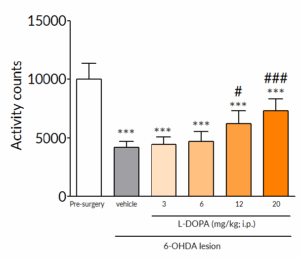
Open field arena allows multiple natural behavioural parameters to be monitored
A strength of bilaterally lesioned animals is that they develop abnormal motor behaviours that can be assessed in their home cage and upon which pharmacological intervention can be assessed. Activity, slow activity, active time, rearing, slow rearing, rearing time, centre rearing, slow centre rearing, mobile counts, slow mobile counts and mobile time can all be monitored continuously.
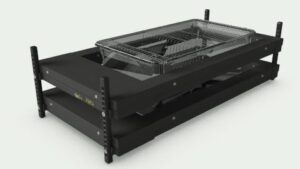
Available in-vivo imaging
Assessments of target engagement can be readily made using micro-PET or microSPECT. On-site radiochemical and cyclotron facilities provide support for production of both common and speciality
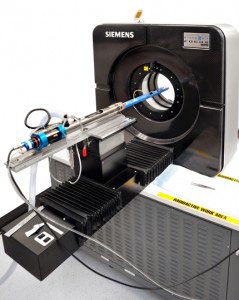
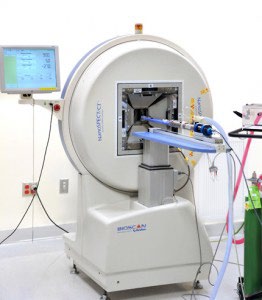
Experimental readouts
- Behavioural – Behaviour is assessed by the open field arena – providing a robust analysis of the rodents home-cage behaviour.
- Pharmacokinetics, safety and blood chemistry – Pharmacokinetics and bioanalysis can be incorporated into all studies. Blood and CSF can be sampled throughout the study.
- Post-mortem – Rodent models are ideal for comprehensive post mortem analyses. The number of tyrosine hydroxylase neurons in the substantia nigra can be assessed as can markers of target engagement. Additional post-mortem measures can be incorporated at the client’s request.
- Imaging – We offer both micro-PET / SPECT imaging that allows for target-engagement studies and for longitudinal measurement of markers of brain metabolism (e.g. FDG PET).

